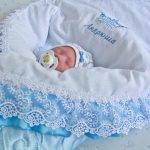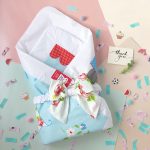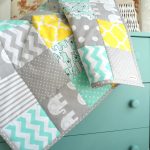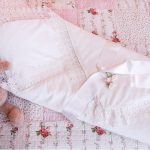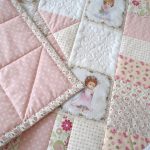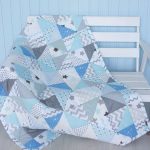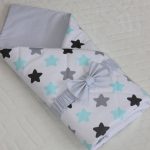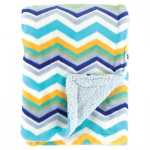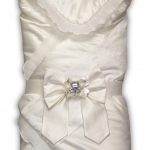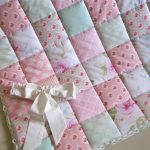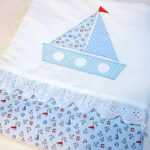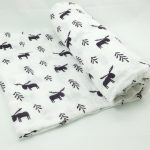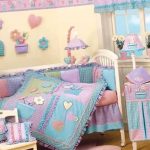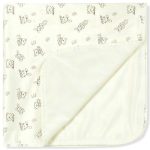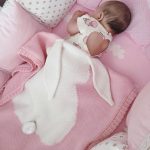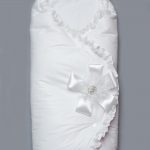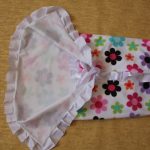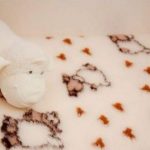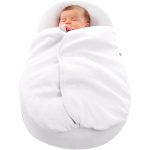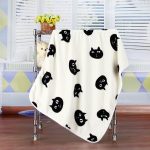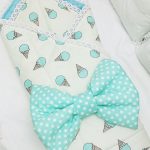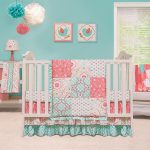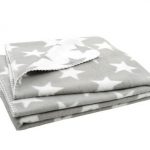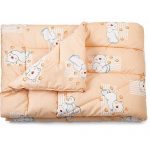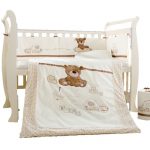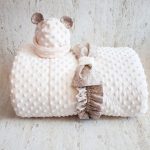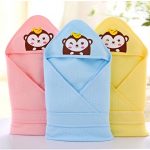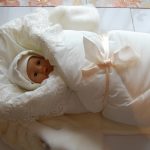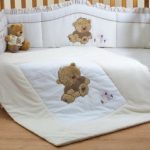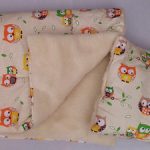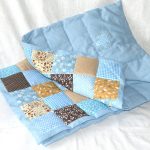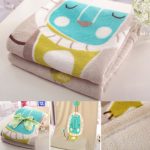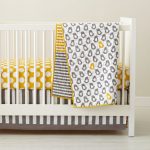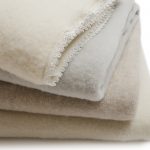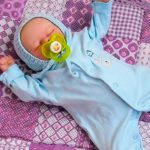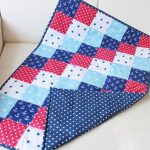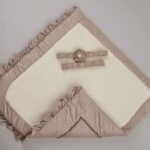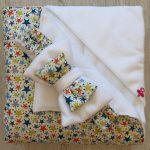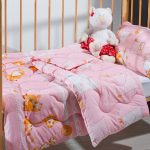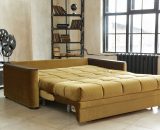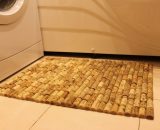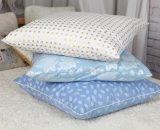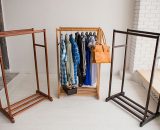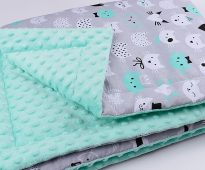 Beautiful plush blanket Minky
Beautiful plush blanket Minky
Choosing a blanket for a newborn
To ensure a newborn a comfortable life, you need to take care of many things. One of them is healthy sleep, which is impossible without a proper baby blanket. This article details how to make the right choice of blankets for newborns.
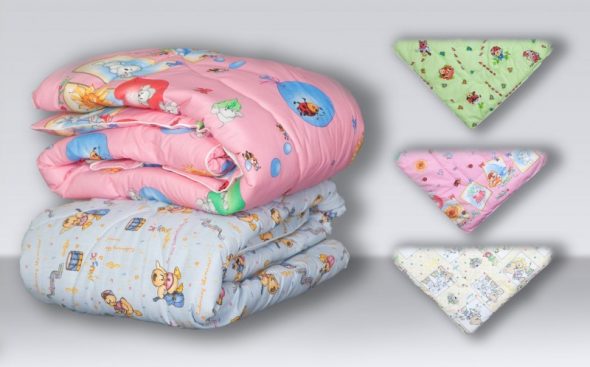
Today in textile stores you can find a wide selection of children's blankets.
Content [Hide]
- 1 General requirements for blankets for newborns. How to choose?
- 2 What materials are better?
- 3 How to care?
- 4 Warmth blanket
- 5 Blanket transformer
- 6 Blanket envelope on an extract
- 7 Sizes of blankets
- 8 Video: Sewing a baby blanket with your own hands - easy
- 9 50 photos of beautiful light and warm blankets with different content for your baby:
General requirements for blankets for newborns. How to choose?
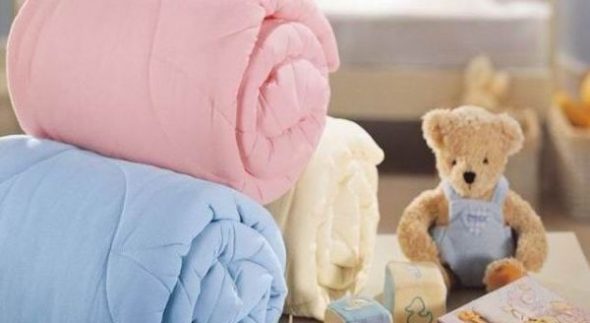
A small child should be dry, comfortable, cozy and warm under a blanket
Newborns are sensitive - therefore, the choice must be approached with all the responsibility. To create a safe environment for the baby, it is necessary to ensure that the blanket meets certain requirements.
- Temperature. The heat of the product should correspond to the temperature regime - the baby should not be cold or overheat. If the child is born in the summer, a light enough option during the first months. If in the winter - buy two options. Easy for the room, warm for walking.
- The size. Do not choose too small - the baby will not be completely covered. You can not choose too much - it will prevent the child from moving.
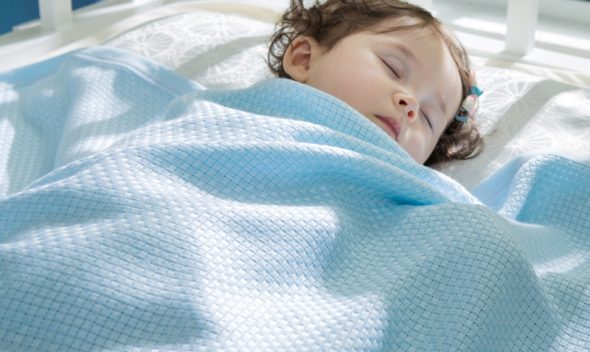
To make it easier to understand what size to choose, it is worth starting from the size of the crib, picking up a blanket to fit its dimensions.
- Weight. Too heavy a product can prevent the baby from breathing and lead to many problems.
- Softness. Hard materials can cause irritation in a child.
- Hypoallergenic.
- Air exchange The blanket should be warm, but at the same time allow the skin to breathe.
- Moisture exchange The material must quickly absorb moisture evaporating it.
- Environmental friendliness. Discard harmful toxic materials.
- Easy to care. When buying, consult with the seller, ask him about the care. Baby bedding needs constant washing, so give up the options where it will be a big problem.
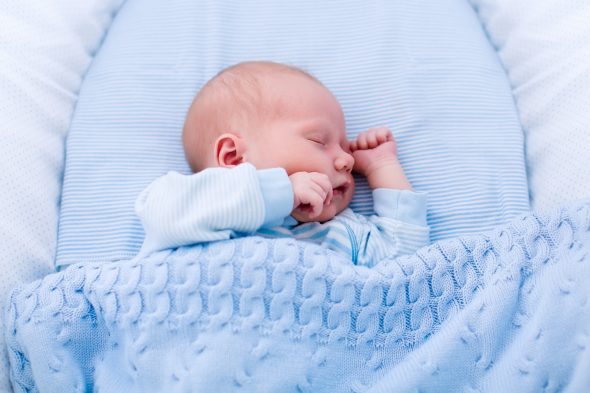
Blankets for newborns are the very first baby covers
When choosing a blanket for a newborn, carefully monitor whether the child has any allergic reactions. Then you should give up the down, wool, fur products, so as not to accidentally harm the child. Do not buy cheap market products, better buy it in the company store, always with a certificate of quality. If the seller refuses to present such - find another, do not risk the health of your child. Remember that one option is not enough - they need at least two. One is to use at home, the other is for walking. Even if your baby was born in summer, he will most likely need a warm outdoor blanket in the fall and winter. Get blankets for the next season a little larger in size, as the baby grows during this time. Home is also better to buy two products - warm and easy. Do not buy blankets with a large, easy-falling nap, lots of toxic dyes, or large parts that a newborn may like about. Choose warm, sunny colors, give up aggressive ones.Cold colors can make your child naughty, too bright can scare, and calm and warm, on the contrary, will delight the child.
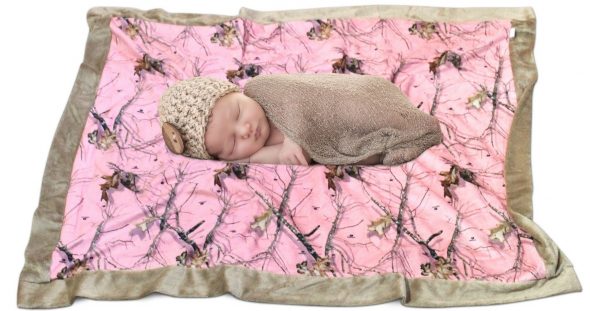
Any product that comes into contact with the child’s body must be made to meet certain requirements in order not to harm it.
What materials are better?
The most popular materials: down, wool, flax, synthetics, bike, fleece, cotton wool. Let us examine each of the options.
- Pooh Very warm material, suitable for winter use. Soft, perfectly retains heat, but has some drawbacks. First, down quickly absorbs moisture, but slowly disposes of it. Secondly, in it live feather mites that cause allergies. Finally, it is extremely difficult to care for. It can not be washed, otherwise it will roll and lose all properties. Have to use the services of dry cleaning. In addition to this, it is necessary to constantly clean the product with a steamer in order to exterminate ticks. Constant drying is also necessary. Duvets for children are lightweight, quilted, consist of a filler and a fabric cover. It is good to walk with them in winter weather. At home, under the down stuffing, the baby will be hot.
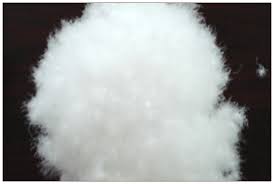
Filler for dressed - down, warm, light, soft, but not suitable for allergies
- Wool. Wool retains dry heat, having good moisture exchange and air conduction, useful properties. Kids under it do not steam up, besides the product has a small weight. Woolen blankets are divided into quilts - consisting of a fabric cover and a filler, woven - they are tucked into a duvet cover and used in the fall or winter, knitted - they are well suited for cool summer weather, but cannot be used very small. Of the minuses - wool requires special care, it is loved by mites, moths, it can cause severe allergies.
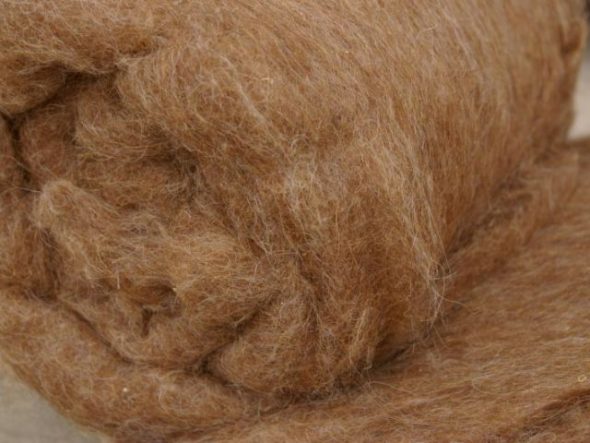
Camel wool filling is the warmest, most useful and natural, but can also cause allergies.
- Linen. Light, hygroscopic blankets that are used in the summer season.
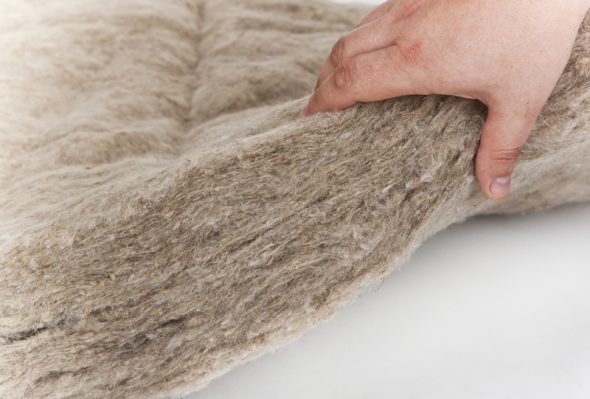
Eco-friendly linen blanket in cotton cover - this is the best solution for the summer period.
- Bike. Cotton, nice stuff. Well passes air, the child is protected from excessive sweat. Convenient to care - dries quickly, retains its shape. Suitable for summer walks.
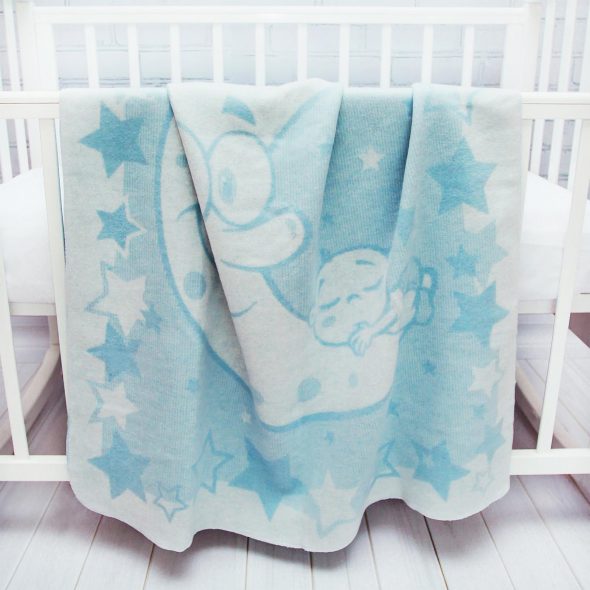
Children's flannelette blankets have the highest level of comfort.
- Synthetic fillers. Cheap material that does not cause allergies. Easy, soft, slightly less warm, than natural analogs. Ticks, mold, fungus do not survive. It is easily erased, keeps the original look for a long time. The only negative is a small greenhouse effect.
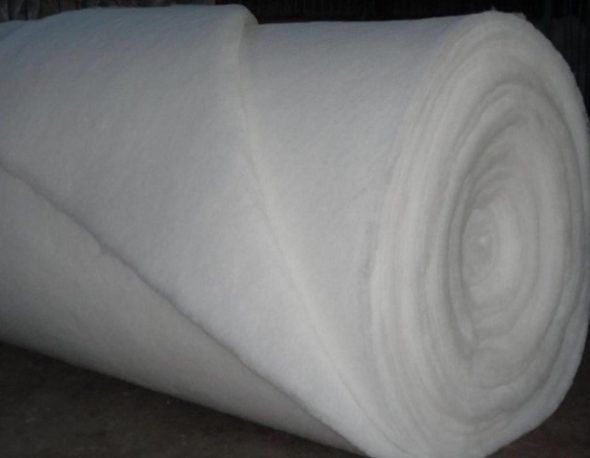
Synthetic filler for blankets, bedspreads - inexpensive, lightweight, non-allergenic material
- Fleece. Lightweight, airway, hypoallergenic delicate material. Ideal for walking in the summer.
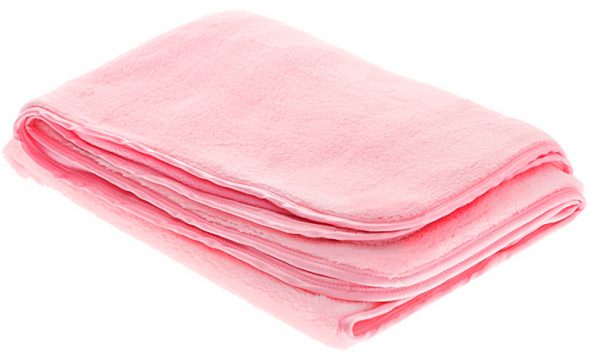
Fleece blankets - a profitable combination of economy, practicality, convenience and beauty
- Vata. Warm filler. Does not cause allergies, breathable. But it dries poorly, knocks into lumps, losing its shape and all the useful qualities. Too heavy option for newborns.
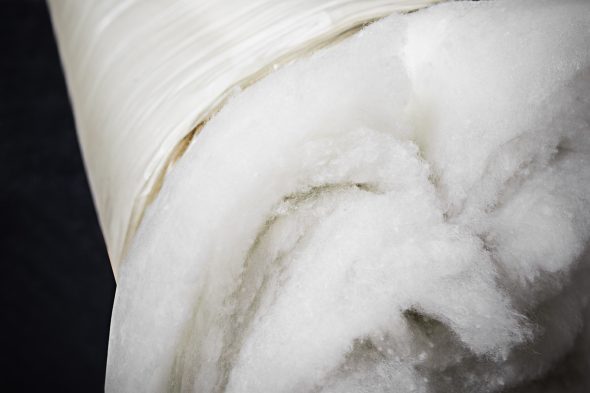
Cotton wool in a blanket is a material whose quality has been tested for many decades.
- Bamboo. Such products are expensive. But at the same time soft, durable, silky, pleasant to the body, keep warm well. Caring for them is not the most difficult. It has an antiseptic effect, well ventilates, quickly absorbs and evaporates excess moisture. Before using it for two hours, leave it spread out inside a well-ventilated room so that it becomes lush. Once a year or six months, they air out for seven hours and vacuum. It does not need another cleaning.
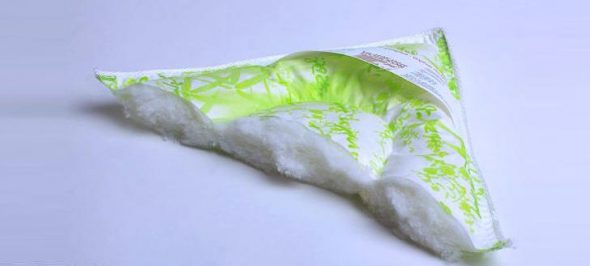
Bamboo fiber filler is an environmentally friendly natural material that will give you a comfortable sleep.
For most materials, separate duvet covers are needed. It is better to choose from natural cotton or linen soft fabrics.Knitted blankets will not fit babies - they are too hard and not warm enough.
How to care?
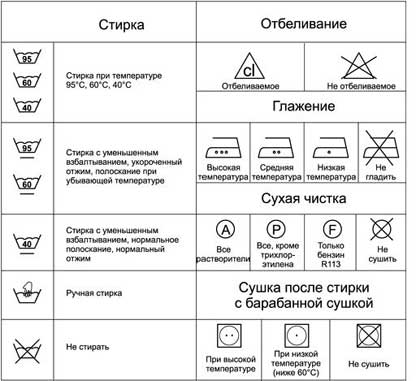
On tags or packages there are labels for the care of blankets from different materials
Blanket care is completely dependent on the material. Well read the rules of cleaning the planned material on the Internet, on the label or from the seller. Knowing some simple rules will help you not to accidentally ruin a baby blanket. Try not to buy complex materials - you just spend too much. General requirements: discard high temperatures, carefully straighten the packing during drying, periodically ventilate the product from excess odors.
Warmth blanket

The degree of warmth (warming qualities of the blankets) is very often displayed on the packaging of the blanket as dots.
The level of heat can be determined by reading the label. There are several points, from one to five. And by their number, determine.
- One point. Easy option, suitable only for warm summer weather.
- Two points. Plain light blanket. Can be used for walking during cool summer days or at home.
- Three dots. Option for warm autumn or spring weather. Medium variant for medium temperatures.
- Four points. Warm option. Suitable for the end of autumn, the beginning of spring, the end-beginning of winter. Heats well, but in severe frosts it is not enough.
- Five points. The warmest option. Will warm the child in frosts, not allowing him to catch a cold and get sick.
Blanket transformer

Blanket envelope - a useful transformer, which is useful for walking and at home
Convenient, practical thing. It combines a blanket and an envelope for a newborn. You can turn the first into the second in different ways - with a zipper, buttons, buttons, ribbons. This option is ideal for street walks in cold weather.

Envelope blanket with down filling for winter walks
The outer layer of products is usually made of waterproof materials, and the inner - from soft, pleasant to the body. Baby in this product will be dry and warm.
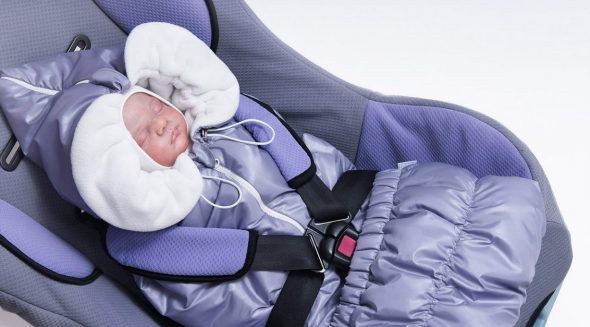
The outer part of the blanket is waterproof raincoat fabric with water-repellent impregnation, the inner part is warm gentle fleece of milky color
With basic sewing skills, you can sew a transforming blanket with your own hands. It can be used as a classic blanket, as an envelope for an extract and for walking or as a play mat or mattress topper. Requirements for such products are the same as for others.
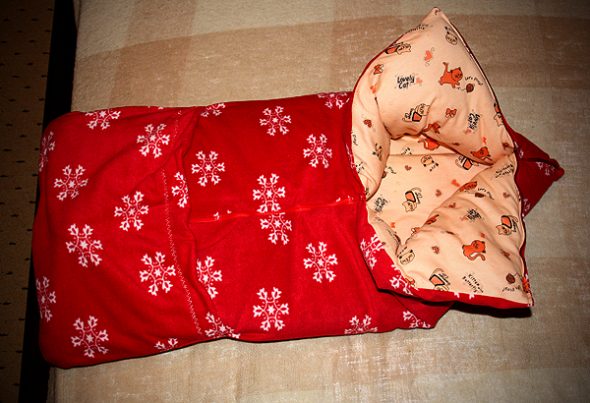
Colorful blanket envelope made with love with your own hands
Blanket envelope on an extract
Some acquire separate smart envelopes on an extract. But it is irrational - a blanket with bows and ruffles you can not use for a long time, and its cleaning will be a real faint. It is much easier to buy an envelope and purchase or make accessories for it yourself, which can be removed upon completion of the celebration.
Examples of such accessories.
- Tapes. With the help of them you can “envelope” the envelope, giving it a neat, beautiful look.
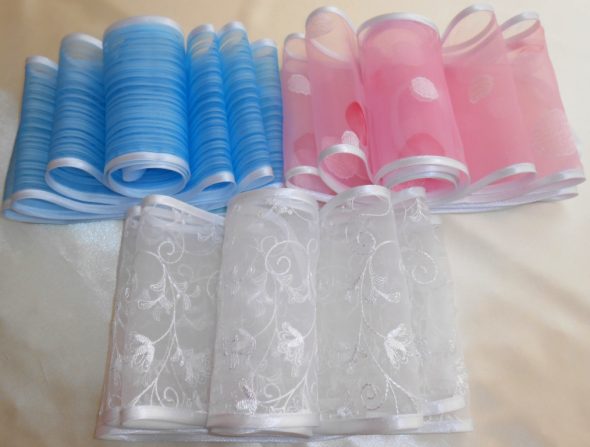
Organza tapes on discharge
- Bows. Round lush bows will decorate the envelope not less ribbons.
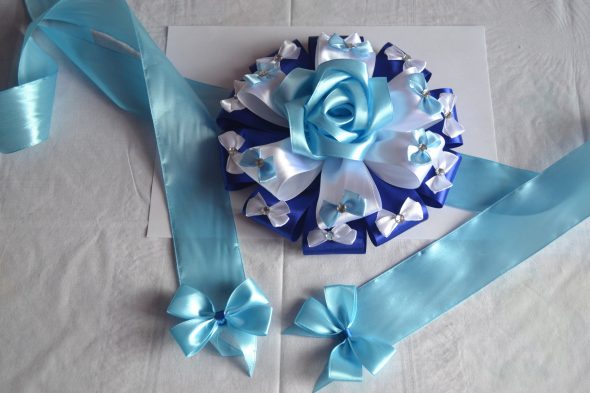
Beautiful bow on discharge from the hospital
- Waist bows. A kind of mix - a bow with a ribbon that can be tied around an envelope, giving it a doubly pompous look.
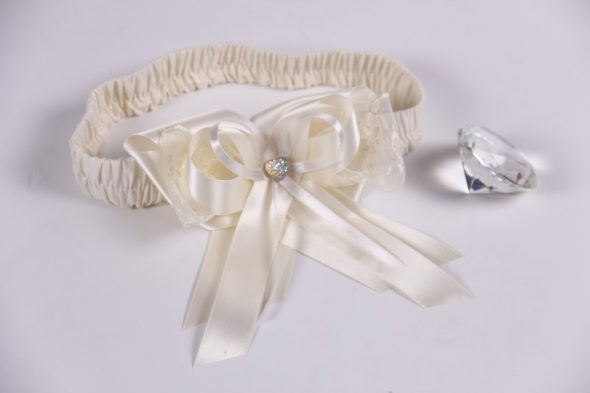
Bow-elastic band for an envelope on an extract
- Duvet Cover. A practical accessory, at once capable of making an image tidy, beautiful.
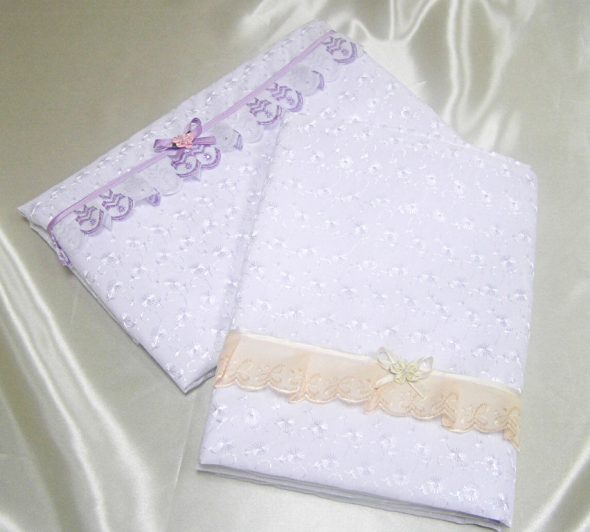
Duvet cover on the statement of the coarse calico with lace
In addition to beauty, choose a hypoallergenic blanket-envelope for the newly appeared baby and eliminate any dangers for the child.
Sizes of blankets
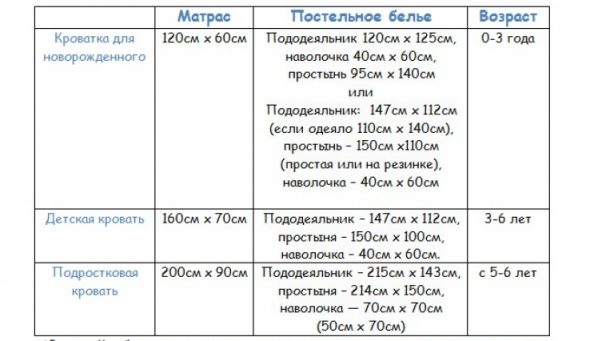
The approximate ratio of the size of the bed, bed linen and child's age
The choice should depend on the size of the baby and the crib. Blankets for the next seasons are usually bought for a size or two more, since in a few months the child will noticeably grow up. The smallest option - 60 to 120 centimeters. He is not very practical - not to wrap the baby in it for a walk, and in a few months he will be too small to sleep. The most common options are 135x100 cm, 105x115 cm, 90x120 cm, 100x80 cm. It is better to get the size for growth, and not exactly the size - at the beginning of their life, children grow very quickly, and a purchased blanket may become small in two months. The largest option is 110x140cm, it can be enough even for a couple of years. But you can make such a choice only if you have a large enough bed or if your baby is large - for miniature children, such a large product will bring only discomfort.
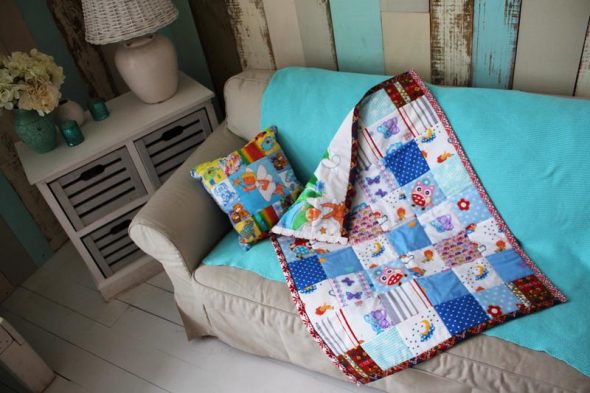
Baby patchwork quilt and pillow in the bed with your own hands
Choosing a blanket for a newborn, you choose how comfortable he will feel most of his time. But do not worry - thanks to this article you can easily choose the perfect option for the baby.
Video: Sewing a baby blanket with your own hands - easy
50 photos of beautiful light and warm blankets with different content for your baby:
 Beautiful plush blanket Minky
Beautiful plush blanket Minky
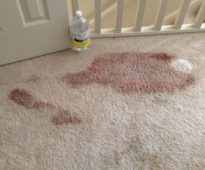 How to wash the blood from bed linen
How to wash the blood from bed linen
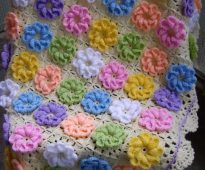 How to tie a magnificent crocheted floral blanket: a detailed description of the scheme and technology
How to tie a magnificent crocheted floral blanket: a detailed description of the scheme and technology
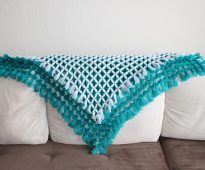 Homemade pompon plaid making
Homemade pompon plaid making
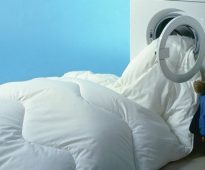 How to wash a blanket?
How to wash a blanket?
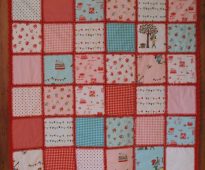 We sew a quilt with our own hands
We sew a quilt with our own hands
